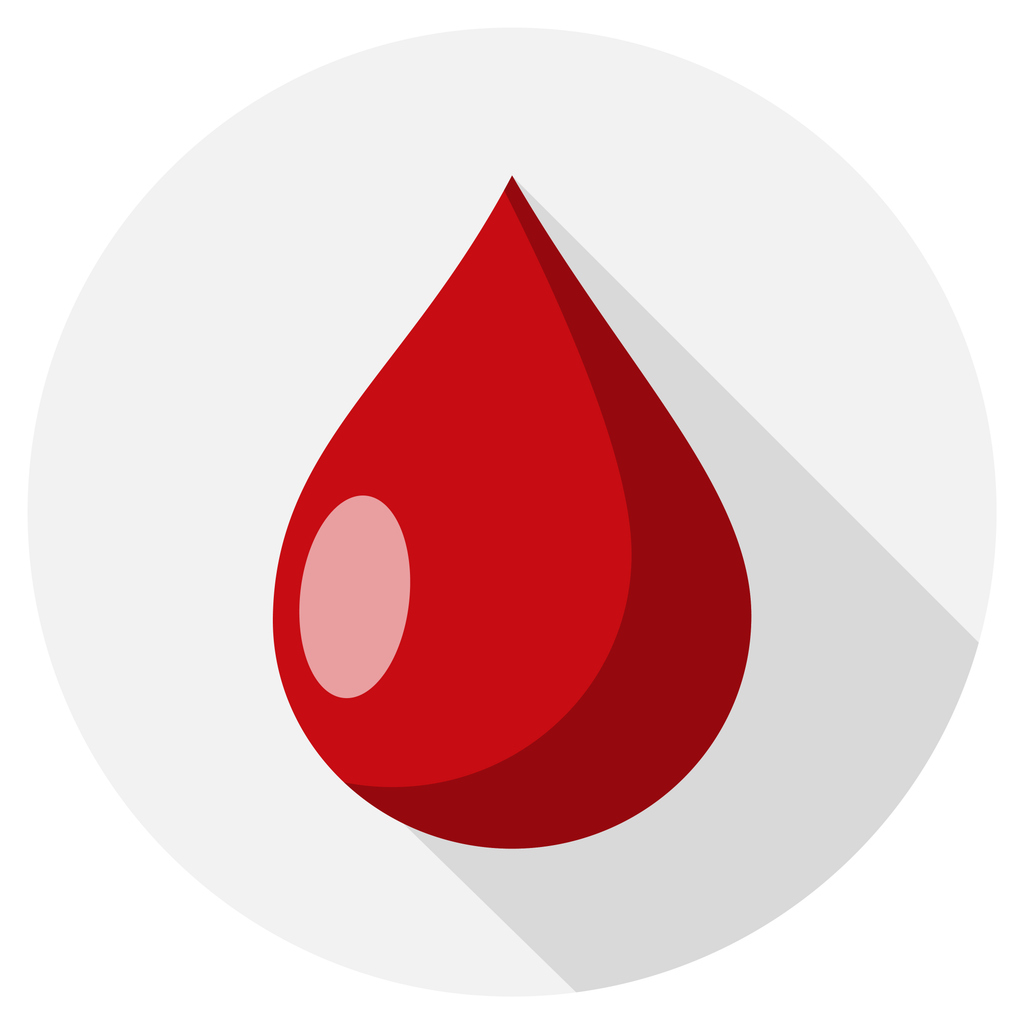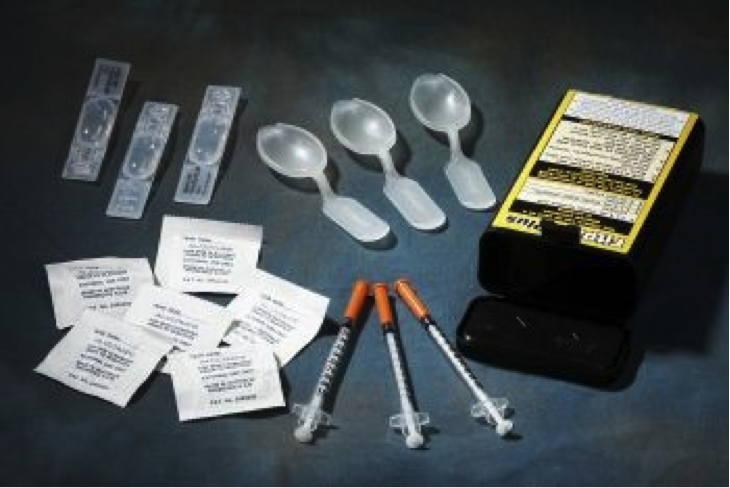
Key messages
- Blood-borne viruses (BBVs) are viruses that are passed on if the blood of a person who has the virus gets into another person's bloodstream.
- BBVs can be prevented by not sharing injecting, tattooing or piercing equipment.
- A list of steps of what to do if there is a needlestick injury are provided.
- A list of steps of what to do if you find a discarded needle or syringe are provided.
- Teaching tips about BBVs are listed.
Blood-borne viruses (BBVs)
BBVs include:
- Human immunodeficiency virus (HIV)
- Hepatitis C virus (HCV)

- Hepatitis B virus (HBV)
You can get aBBV when the blood of someone with a BBV gets into your blood such as through:
- sharing drug injecting equipment - this includes needles, syringes, water, swabs, filters, spoons, tourniquets and the drug mix
- tattooing, body piercing and other body art when the equipment is not sterile or when sound infection control practices are not followed
- sharing personal items such as nail clippers, toothbrushes, tweezers and razors
- blood-to-blood contact - this may not be obvious and can occur in ways that are indirect. For example, by touching the injecting site of someone with hands that are contaminated with the blood of another person. Blood does not need to be visible for blood cells or virus to be present.
Hepatitis B and HIV are also sexually transmitted.
Hepatitis C is not generally considered to be sexually transmitted, but if blood-to-blood contact occurs during sex then transmission is possible.

Prevention
There are things you can do to protect yourself from BBVs:
- only use your own personal hygiene items such as razors, shaving equipment, toothbrushes and dental floss
- don't let other people's blood get into your blood - cover all cuts and sores
- use gloves if you are helping someone who is bleeding
- do not participate in rituals such as 'blood brothers and blood sisters'
- before considering any body art (such as tattooing or piercing) make sure the body artist uses only sterilised equipment, and new razors, inks and needles each time (noting that not all countries have the same infection control protocols)
- always practice safer sex and use condoms.
- do not share injecting equipment such as needles, syringes, filters, water or spoons. If someone injects drugs, they should always use new sterile needles and syringes (these are available from needle and syringe exchange outlets, and country hospitals after hours at no cost, or for sale at most chemists).
- wash hands or swab fingers with a new swab before touching another person's injection site.
Needlestick injury
A needlestick injury occurs when a person's skin gets punctured by a used needle. This occurrence carries the risk of transmission of a BBV.
There are two types of needlestick injuries: those that may occur to health professionals in the course of their duties (e.g. drawing blood or injecting medication) and those that may occur in community settings (e.g. beaches and parks) due to improperly discarded needles and syringes.
Needles and syringes improperly discarded in the community may be of concern to the public, however, the risk of contracting a BBV from a community needlestick injury is very low.
In Western Australia, there has never been a documented case of a person contracting HIV, hepatitis C or hepatitis B from a needlestick injury in a community setting.
What to do if you find a discarded needles/syringe
Students
- Do not be alarmed.
- Do not touch the needle or syringe.
- Report the finding to a teacher or another adult.
Adults
- Do not be alarmed.
- Get a rigid-walled, puncture resistant, plastic container with a well-secured lid, preferably screw top. Avoid using glass which can shatter, aluminium that can be squashed or frosted plastic that may not be puncture-proof.
- Bring the container to the needle and syringe, and place on the ground next to the needle and syringe. Do not hold the container as you are putting the syringe in it.
- Pick up the used needle and syringe by the blunt end, away from the point.
- Do not touch the sharp point.
- Do not try to put the plastic protective cap back on a needle if it has been removed.
- Put the needle and syringe point-first into the container.
- More than one needle and syringe can be placed in the container, but do not overfill.
- Do not carry the needle and syringe unless it is in a suitable container.
- Make sure the container is tightly sealed.
- Put the sealed container in a domestic rubbish bin.
- Do not put needles and syringes down toilets, in recycling bins or post boxes.
- If you accidentally prick yourself with the needle, refer to the First Aid Procedure below.
- Tell children never to pick up a needle, but to tell an adult.
- If you are regularly finding needles and syringes in a particular area, contact your local government Environmental Health Officer.
First aid procedure
- Where a needlestick injury is suspected, if possible, have the injured person stem his/her own blood flow and clean up the blood spill.
- Immediately wash the infected area gently and thoroughly with mild soap and clean running water for at least 30 seconds. Bottled water can also be used if no hand-washing facilities are available.
- Be careful not to squeeze or rub the area around the puncture.
- Cover the area with a band-aid or similar dressing.
- Seek medical advice immediately and within 24 hours.
- Place the needle and syringe in a rigid-walled plastic container as described above and dispose of it safely.
Teaching tips
- Students need to be taught not to touch found needles or syringes. They need to report their find to a teacher (if found at school) or another adult.
- Emphasise the importance of students seeking help from a trusted adult. Have students consider what action they would take if the trusted adult said it was okay for them to touch (without protection) the blood or items that had blood on them. Practise this action within a role play.
- Remind students to take extra care in situations where blood may be present. "If you see a needle stay away, tell an adult right away."
- Encourage students not to share toothbrushes, razors, nail clippers or jewellery such as earrings or participate in rituals such as 'blood brothers and blood sisters.
- Discuss that many viruses can be carried in blood or blood products. Mention that these viruses include hepatitis B and hepatitis C which affect the liver.
- Discuss that some viruses have vaccines - hepatitis A (not a BBV) and hepatitis B (given as part of childhood vaccinations in Australia). Hepatitis C does not currently have a vaccination.
- There are medicines available that can cure hepatitis C.
- HIV does not currently have a cure, but the treatment can help someone with HIV to stay well and to reach an undetectable viral load which means they won't pass the virus on to others.



